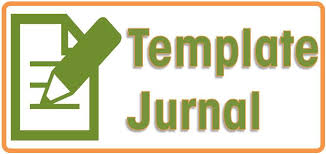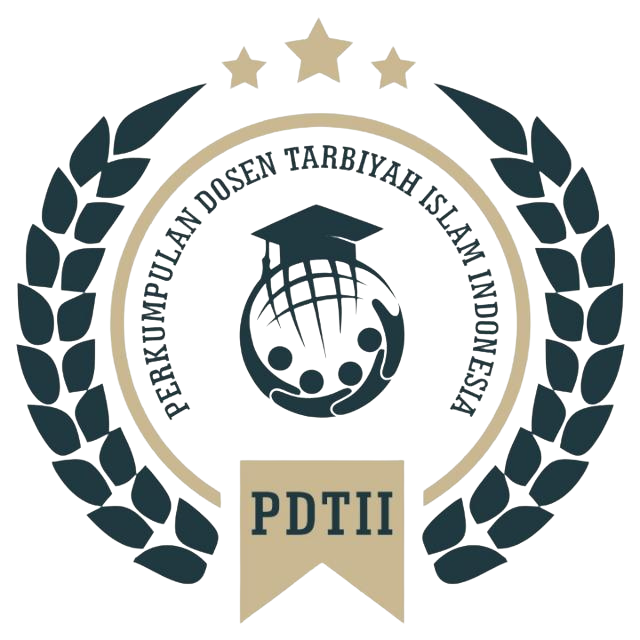Improving Students Comprehension by Using Jigsaw Technique for the First Grade Students of SMA NU AL-Fudloli Ganjaran Gondanglegi Malang
DOI:
https://doi.org/10.35897/jurnaltinta.v1i1.157Keywords:
Reading comprehension, Descriptive text, Jigsaw TechniqueAbstract
Reading comprehension is the ability to analyze and understand the text in some reading context. This ability is taught to generalize the ability and share information in the reading context. In this research, the researcher applied Jigsaw Technique to solve the problems that were faced by the students. This research was conducted in order to improve students’ reading comprehension in descriptive text through Jigsaw Technique in the first grade students of SMA NU AL-FUDLOLI Ganjaran Gondanglegi Malang 2017-2018. In conducting this research, the researcher used Classroom Action Research (CAR) as the method of research. The researcher conducted this research in two cycles. Each cycle consisted of three meetings. The researcher used Jigsaw Technique to make pleasant atmosphere during teaching and learning process of reading, and more importantly to improve the students’ reading comprehension especially on reading descriptive text. The subject of this research was the students of first grade students in SMA NU AL-FUDLOLI. The instruments to collect the data were interview, observation checklist, and reading test. The result of this research showed that by using Jigsaw Technique in teaching reading descriptive text, the researcher could improve the student’s reading comprehension especially descriptive text. Their responses showed that they were interested to learn reading subject because they felt easier to read using Jigsaw Technique. Based on the result of cycle 1 the average of their score is 67. The result of cycle 2, the average of their score is 76.
Downloads
References
Ali, Mohammed. F. A. E. 2001. The Effect of Using the Jigsaw Reading Technique on the EFL Pre-service Teachers’ Reading Anxiety and Comprehension. Journal of Education College No: 3. Cairo: HelwanUniversity.
Brown . HD, Language Assessment principles and classroom practices, (New York: Perason Education,2004), pages 5-6.Brown. HD , Teaching By Principles An Interactive Approach To Language Pedagogy,second edition (San Francisco State University: Longman 2001), pages 306
Burn, P.C., Roe, E.P.1996. Teaching Reading in Today’s Elementary Schools. Boston: Houghton MifflinCarolyn Kessler, Cooperative Language Learning, (New Jersey: Prentice Hall Regents, 1992), p. 137.
Catherine Snow, Reading for Understanding,(ttp: RAND, 2002), pages 11Cohen et al., Research Method in Education (Sixt Edition), (Ney York: Taylor & Francis e-Library: 2007). p.418
Deborah daiek and Nancy Anter, op. Cit. P.5Dr, Rusman, M.Pd, Model-Model Pembelajaran,5thprinting (Jakarta: PT Raja Grafindo Persada, 2012), pages 218.
Frank Serafani, Rethinking Reading Comprehension, 2011p.190,pdf.Frank Smith, Reading second edition(ttp, 1991) pages 101
Grabe William, reading in a second language3rd printing(United State America: CAMBRIDGE UNIVERSITY PRESS 2010) page 15
Gunadi H Sulistyo, Reading for Meaning, ( Malang: Pustaka Kaiswaran,2011), pages 45Ika Kusriani, ‘’ Using Jigsaw Technique To Improve Reading Comprehension Skill At The Eight Grade Students Of Smpn 3 Mlati Yogyakarta In The Academic Year Of 2012/2013’’, Thesis (UNIVERSITAS NEGRI YOGYAKARTA, 2013),pages 3..
J.CharlesAnderson, Assessingreading, (Cambridge: Cambridge University, 2009 .p.88John D. Mc Neil, Reading Comprehension, (Los Angel :University California, 1992), pages 16
Kagan, A. 2001. A Comparative research on the effectivity of Cooperative Learning Method&Jigsaw Technique on teaching literary genres : Facultyof Education.
Turkey : Academic Journal.Kimbly and Garmezy 2001:7. Teaching by Principles: An Interactive Approach to Language Pedagogy. San Francisco: Longman.
Latief, Mohammad Adnan, Research Methods on Language Learning An introduction,(Malang: UM PRESS 2012), 144.
Mary, C. 1998. Academic Performance, Prejudice, and The Jigsaw Classroom.Australia : Murdoch University.
Nuttal, C. 2000. Teaching Reading Skills in a foreign Language. Oxford : Macmillan Heineman.
Prof, Dr. Nana Syaodih Sukmadinata, Metode Penelitian Pendidikan,cetakan 5(Bandung: PT. REMAJA ROSDAKARYA, 2010), halaman 220.
Richards, J. C. 2006. Communicative Language Teaching Today. New York: Cambridge University Press pages 19..
Sugiyono, metode penelitian kuantitatif, kualitatif, dan R&D, Cetakan 22 (Bandung: Alfabeta, 2015), Halaman 225
Suyoto, Developing English Genres (Malang : Kanjuruhan University2011)pages 6.
Teresa Walted, Teaching English Language Learners, (New York: Longman, 2004), p.4
Thom Hudson, Teaching Second Language Reading(ttp:2007), pages 108
Trianto,Penelitian Tindakan Kelas, cetakan III (Jakarta: Prestasi Pustaka,2012), Halaman 28
Trianto,Penelitian Tindakan Kelas, cetakan III (Jakarta: Prestasi Pustaka,2012),, Halaman 63
Ulum, Rochmat. 2015. Improving Students’ Writing Ability In Descriptive Text Through Clustering Technique. Thesis. Kanjuruhan: English Education Department, Faculty Of Teacher Training And Education
Vacca, Richard T. & Vacca, Jo Anne L.1999, Content Area Reading. New York: Adison-Wesley educational.www.lrdc.pitt.edu accessed on 27th March2015www.ritorial.org accessed on 28th March 2015







